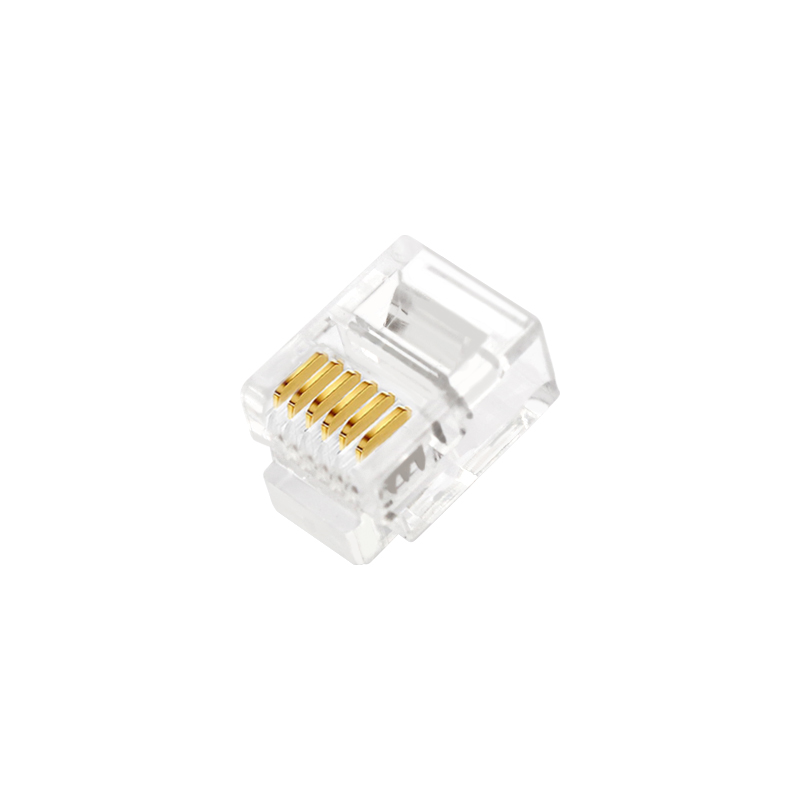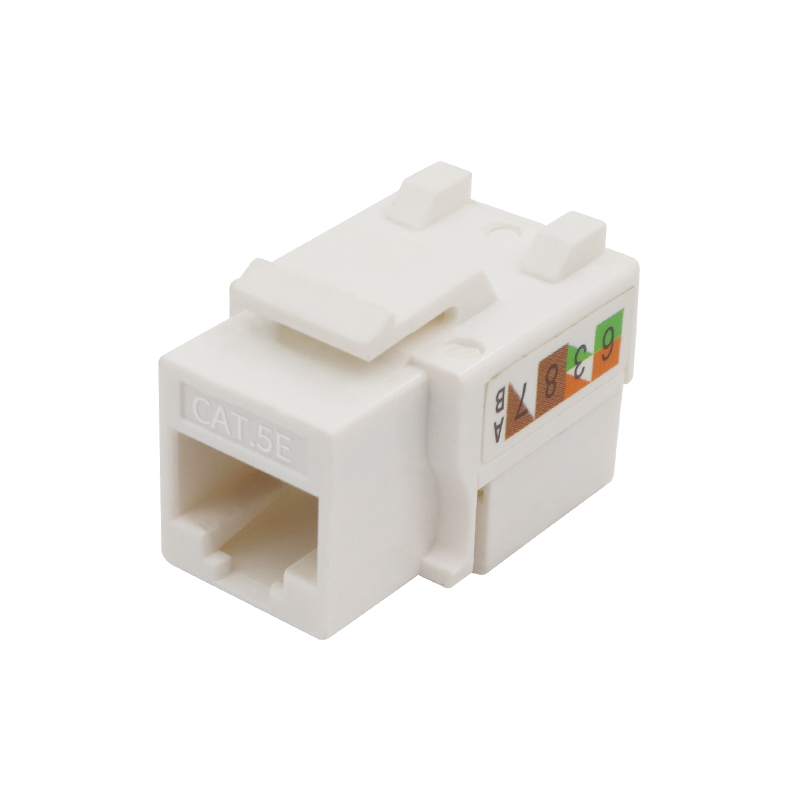How can you ensure the proper grounding of a CAT3 patch panel to avoid electrical interference?
2025-02-11
Ensuring proper grounding of a CAT3 patch panel is essential to avoid electrical interference, maintain signal integrity, and protect the equipment from potential damage caused by electrical surges. Grounding is a critical step in the installation process of any networking equipment, especially for older systems like CAT3 patch panels, which are often still used in environments with legacy telephone systems or low-speed data networks. Proper grounding helps to mitigate issues such as electromagnetic interference (EMI), cross-talk between cables, and electrical noise, all of which can severely degrade the performance of the network.
The grounding of a CAT3 patch panel begins with understanding the nature of electrical interference. Interference can be introduced into the network through various sources, including nearby electrical equipment, power lines, or radio-frequency signals. This interference can distort the data signals transmitted through the patch panel, leading to connectivity issues, data loss, or system failure. To prevent this, grounding ensures that any stray electrical charges or signals are safely channeled away from sensitive equipment, reducing the risk of electromagnetic noise affecting the system.
To ground a CAT3 patch panel properly, the first step is to identify the grounding point on the panel itself. Most CAT3 patch panels come with a dedicated grounding terminal or screw that allows for easy attachment of a grounding wire. This grounding terminal should be securely connected to the panel's metal frame to ensure a good connection. A high-quality, low-resistance connection is crucial to prevent any potential buildup of electrical charge.
Next, the grounding wire should be connected to a suitable grounding point, such as a grounding busbar or the building's main electrical grounding system. The grounding wire must be of sufficient gauge to handle potential surges in electrical current. The wire should be as short as possible to minimize the risk of interference or signal degradation. Additionally, the grounding wire should be securely fastened and protected to prevent accidental disconnections or damage.
In some installations, especially those in older buildings or areas with high levels of electrical interference, it may be necessary to install a dedicated grounding system for the CAT3 patch panel. This can include adding a separate grounding busbar or connecting the grounding wire directly to an existing ground rod or ground point that is isolated from other electrical systems. By providing a dedicated path for electrical discharge, this type of system helps ensure that the CAT3 patch panel is properly shielded from environmental noise and electrical disturbances.
It's also important to ensure that the rest of the network infrastructure is properly grounded. If other equipment connected to the CAT3 patch panel, such as switches, routers, or computers, is not grounded correctly, it can introduce potential interference or even create ground loops, which can lead to erratic performance or equipment damage. Grounding all components in the network will help create a stable and interference-free environment for the CAT3 patch panel to function effectively.
When installing the CAT3 patch panel, consider using shielded cables for the connections as well. Although CAT3 patch panels are designed to handle relatively low speeds compared to modern systems like CAT5e or CAT6, using shielded twisted pair (STP) cables instead of unshielded twisted pair (UTP) cables can add an extra layer of protection against electrical noise. The shielding in STP cables works in conjunction with proper grounding to prevent external interference from impacting the integrity of the transmitted signals.
Regular maintenance and inspection are also necessary to ensure that the grounding of the CAT3 patch panel remains effective over time. Environmental factors, such as humidity, corrosion, or physical damage to cables and connectors, can gradually reduce the effectiveness of grounding. Periodically checking the grounding wire and connections, as well as cleaning any dust or debris that might accumulate, will help maintain the performance of the system.
cooperate with PUXIN?
Contact us to find out how our products can transform your business and
take it to the next level.
















